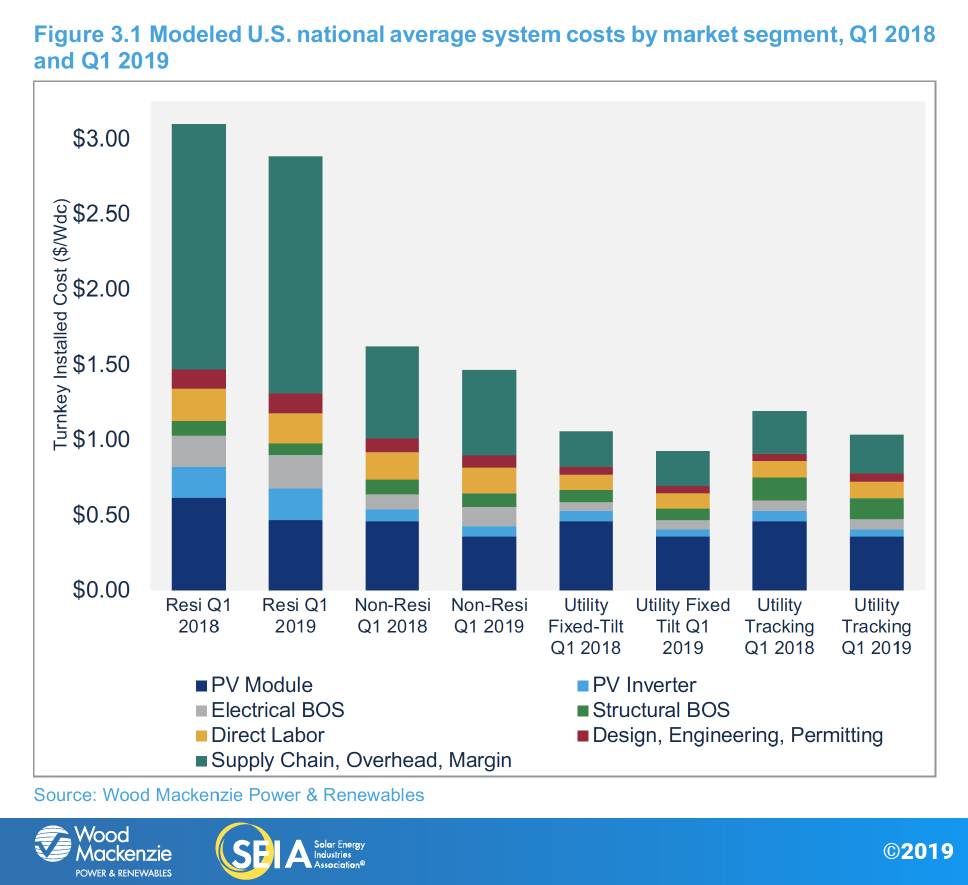I apologize if I've come to the wrong thread and missed out on any specific conversations that might have answered this but:
Musk stated they plan on getting to 1TWh of battery production. At 28GWh of production today, Panasonic wavering on future investment, and (to my understanding) no known currently available statistics on LG Chem's current and planned ramp 2170 throughput, that leaves 972GWh to the imagination as to how it'll be generated.
I did read about that mining consortium involving CATL, LG Chem, Tesla, and Daimler (1) regarding securing rights to a mine in Indonesia for a total of $4 billion in investments. Reading the (now old) "Planned 2020 Gigafactory Production" sheet from Tesla in 2013 (2), if Tesla had to share this mine with all of those companies, assuming each company gets equal share of the raw resources, that mine must be able to annually produce 4 TWh of battery resources, which seems unlikely given the world production just a few years ago was under 35GWh, and it's odd that since so many companies are involved that we haven't heard any leaks backing this idea up. It'll also supposedly take 3 years to build.
Tesla would have to multiply cell production 35x current levels to get to the 1TWh level. The mine supposedly being looked into has high amounts of cobalt and nickel, but really 35x the worlds supply since 2013? I mean it could... be it seems unlikely.
In terms of cars: (I suppose this is OT for this thread)
The new Battery technology, assuming this relies on Jeff Dahn's recently published research, allows for a 500,000 mile power train to last to 1,000,000 but according to this video (3), the tested formulation has more cobalt than Tesla’s current batteries which goes against Elon's stated goals to eventually get rid of cobalt entirely. Assuming that the battery efficiency is doubled, that still means Tesla would need to increase battery production by 17x of current levels. Spit balling here, Tesla also could cut the battery count in half, get the same efficiency, use 50% less cobalt, have the same range, and increase their profit margin dramatically(?).
With the Gigafactory originally slated to make 35GWh of batteries a year for 500,000 vehicles, lets assume 15% organic growth for Model S/3/X in 2020, based on the high end of Tesla's 2019 guidance of 400,000, that's 460,000 cars not including the Model Y. With the Model Y existing in a market at least 2x bigger than the Model 3, Tesla is going to need to double their battery production in less than 12 months if they expect to ramp the Model Y on time. This goes at odds of waiting 3 years to build a mine in Indonesia. This doesn't even take into account the truck/semi/roadster, and of course, energy storage.
In terms of energy storage:
It's obvious (to me at least) the reason we haven't seen large GWh projects from Tesla is because they're starved for batteries. The amount of batteries the semi, truck, Y, and roadster will need is huge and in order for energy not to continue to be the forgotten child of Tesla forever, they're going a major shift-change in battery production. Frankly, I want Tesla to scale energy storage to levels unheard of so they are looked at more as an energy company instead of just an auto company.
While we do have battery investor day coming next year, does anyone have any guesses on how Tesla is going to go from 28GWh to 1000GWh?
Mods - feel free to move/delete if I posted this in the incorrect thread.
Sources:
1.
Tesla A Part Of Huge Consortium For Nickel And Cobalt In Indonesia
2.
https://www.tesla.com/sites/default/files/blog_attachments/gigafactory.pdf
3.



